Description
Maranta plants, often referred to as Prayer Plants, are beloved for their stunning foliage and unique leaf movements. Native to the tropical regions of Central and South America, Marantas have captured the hearts of plant enthusiasts worldwide with their striking appearance and relatively easy care requirements. In this comprehensive care guide, we’ll explore everything you need to know to keep your Maranta thriving and healthy.
Caring for your Maranta
Maranta plants belong to the Marantaceae family and encompass several species, including Maranta leuconeura, Maranta leuconeura var. kerchoveana, and Maranta tricolor. They are known for their ornate, patterned leaves, which feature vibrant hues of green, often adorned with intricate patterns of darker green veins. One of the most distinctive characteristics of Maranta plants is their leaf movements, which fold upward at night, resembling hands in prayer, hence the common name “Prayer Plant.”
Light
Maranta plants thrive in bright, indirect light. They prefer filtered sunlight or dappled shade, making them excellent choices for placement near windows with sheer curtains or in well-lit rooms away from direct sunlight. While they can tolerate some direct sunlight, prolonged exposure can lead to leaf scorching, so it’s best to avoid placing them in overly bright or intense light conditions.
Water
Proper watering is essential for the well-being of Maranta plants. They prefer consistently moist soil but are susceptible to root rot if overwatered. Allow the top inch of soil to dry out slightly between waterings, then water thoroughly until excess water drains from the bottom of the pot. Avoid letting the soil dry out completely or become waterlogged. During the growing season (spring and summer), you may need to water more frequently, while in the winter months, you can reduce watering frequency.
Additionally, they thrive in high humidity environments, ideally between 50% to 60%. You can increase humidity by misting the leaves regularly, placing a humidity tray filled with water and pebbles beneath the plant, or using a room humidifier.
Soil
Maranta plants thrive in well-draining, peat-based potting mixtures with added perlite or sand to improve drainage. A slightly acidic to neutral pH soil (pH 6.0 to 7.0) is ideal for optimal growth. Avoid using heavy soils or those that retain too much moisture, as they can lead to root rot and other issues. Repotting may be necessary every 1-2 years to refresh the soil and provide adequate space for root growth.
Fertilizing
During the growing season (spring and summer), fertilize your Maranta plant monthly with a balanced, water-soluble fertilizer diluted to half strength. Avoid fertilizing during the winter months when the plant’s growth slows down. Over-fertilizing can lead to fertilizer burn and other nutrient-related issues, so it’s essential to follow the recommended dosage and frequency specified on the fertilizer label.
Pruning and Maintenance
Regular pruning helps maintain the health and appearance of Maranta plants. Remove any yellowing, damaged, or dead leaves promptly to encourage new growth and prevent the spread of disease. You can also trim back leggy stems to promote bushier growth and improve the plant’s overall appearance. Additionally, periodically clean the leaves with a damp cloth to remove dust and debris, allowing them to photosynthesize more effectively.
Propagation
Maranta plants can be propagated easily through division or stem cuttings. To propagate by division, carefully separate the plant into smaller sections, ensuring each division has a healthy root system and a few stems with leaves. Plant the divisions in separate pots filled with well-draining potting mix and keep them in a warm, humid environment until they establish roots. Alternatively, you can propagate Maranta plants from stem cuttings by taking a cutting with at least one leaf node and rooting it in water or moist potting mix.
Common Pests and Problems
While Maranta plants are relatively resilient, they may encounter occasional pest infestations or issues such as leaf browning, yellowing, or curling. Common pests that affect Marantas include spider mites, aphids, and mealybugs. Monitor your plants regularly for signs of pests and treat infestations promptly with natural or chemical insecticides. Additionally, ensure proper watering practices and maintain adequate humidity levels to prevent leaf problems caused by underwatering or low humidity.

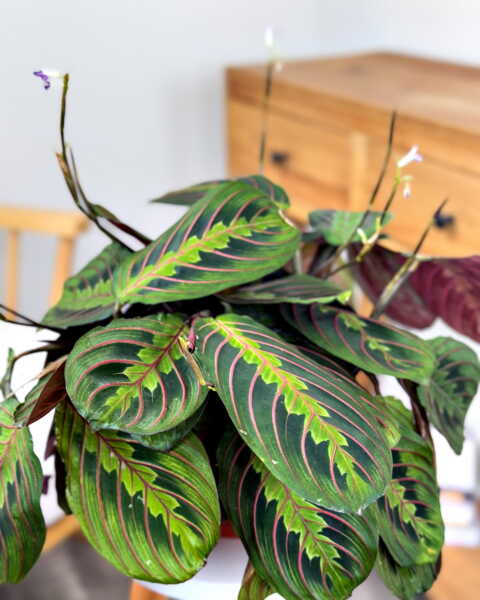
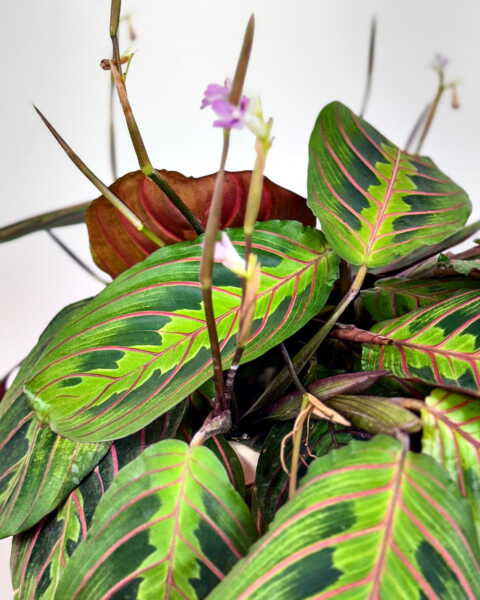
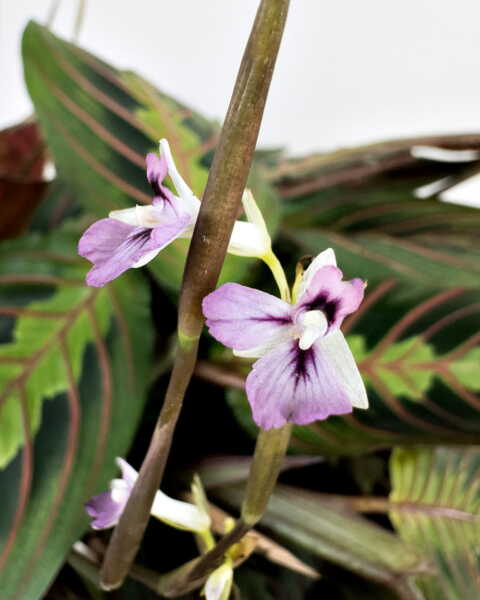
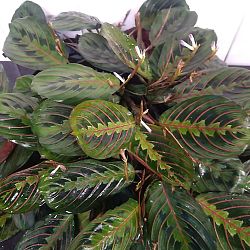
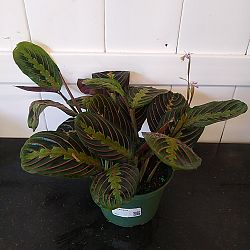
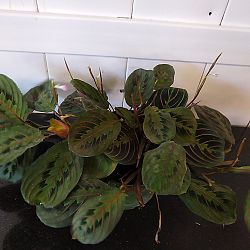
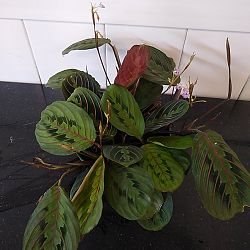
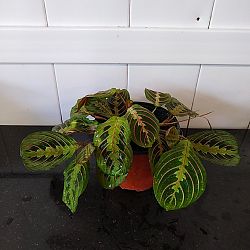
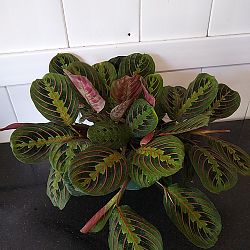
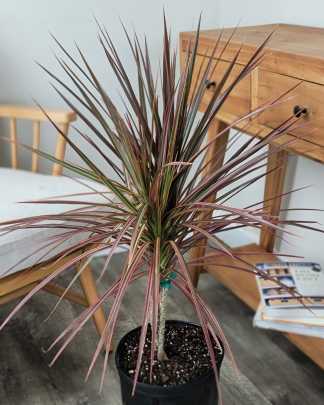
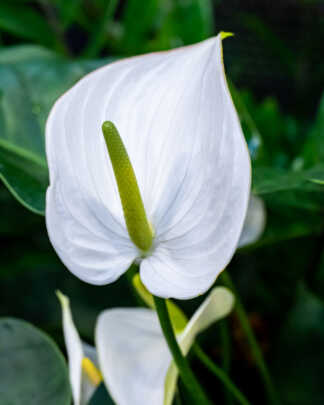
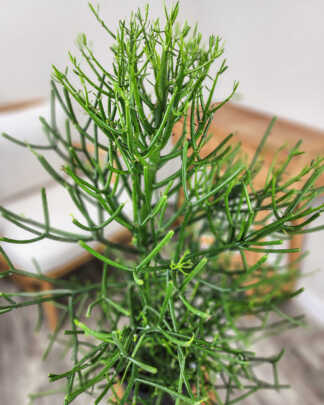
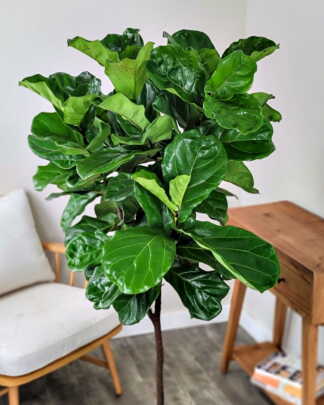
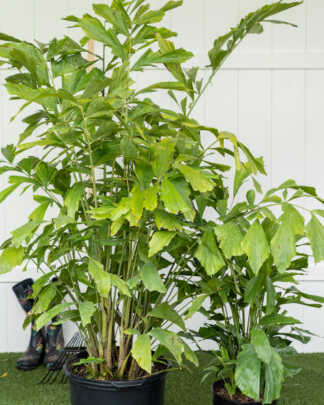


shalon (verified owner) –
Lynn (verified owner) –
Amy Mills (verified owner) –
I think 2 plants in one at least! Love the leaves on this Prayer Plant! Beautiful as always! Packaged very very well and shipped so quickly! Not my first, and not my last purchase! Thanks Plantvine!!! ❤️
Dana Ross (verified owner) –
Deserae Lindsley (verified owner) –
My plant arrived a little crumpled and sad but it’s already sprung back and it’s putting out new leaves! So happy with my purchase.
Nicole C. (verified owner) –
Robin S. (verified owner) –
Just as pictured
Carol H. (verified owner) –
It arrived a little rough cause it had been tossed a great deal! The plant was purchased as a present! It was gorgeous and happy once I gave it some water! I know that the plants that I get from plantvine are always strong and beautiful! Thanks again for the great plant. I’m going to have to get one for me now!!
Nancy Hoglund (verified owner) –
Received my beautiful plants couldn’t ask for a better quality of plants